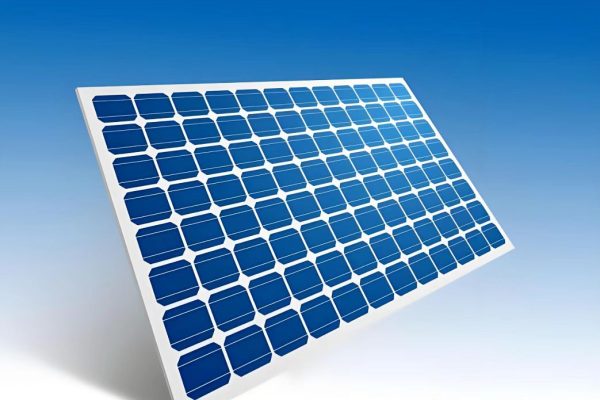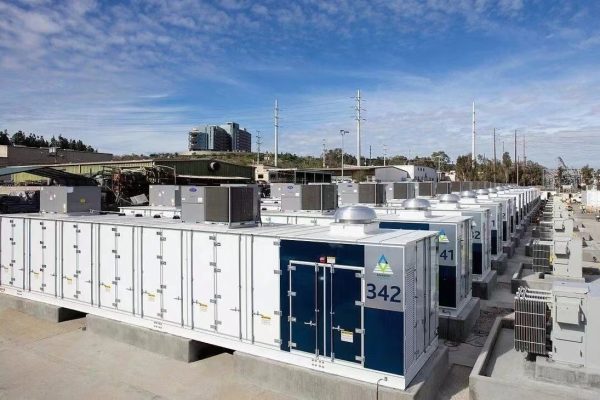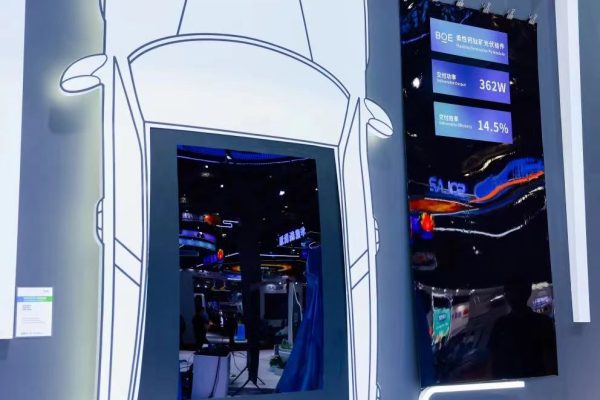Why System Parameters Matter in Global Trade
When international buyers evaluate an energy storage system, their first focus is often not on price but on technical specifications. System parameters define performance, safety, compatibility, and long-term reliability. A clear and accurate presentation of parameters helps exporters build trust, reduce back-and-forth communication, and position their products competitively in the global marketplace.
This article outlines the key parameters buyers care about most. Exporters who highlight these parameters in quotations, brochures, and online product pages are more likely to secure deals and establish credibility with professional clients.
1. Battery Capacity and Usable Energy
Why It Matters
Capacity defines how much energy the system can store and deliver. Buyers differentiate between nominal capacity and usable capacity. Usable energy is always lower due to depth of discharge (DoD) limits.
What Buyers Expect
- Clear listing of both nominal and usable kWh.
- Typical ranges: 5–15 kWh for home storage, 50 kWh–5 MWh for industrial systems.
- Charts or tables showing backup duration under different load profiles.
Exporter Tip
Emphasize usable capacity in marketing materials. Many international buyers compare systems based on how much real energy their customers can access.
2. Voltage and Inverter Compatibility
Why It Matters
Storage systems rarely operate alone—they must integrate with inverters and other grid components. Voltage levels determine compatibility.
What Buyers Expect
- Home systems: 48 V, 100 V, or 200 V DC ranges.
- Industrial systems: 400 V–1000 V DC for large-scale applications.
- Compatibility lists with leading inverter brands (SMA, Victron, Fronius, Solis, etc.).
Exporter Tip
Always provide a compatibility table. International buyers will ask whether your battery system works with their preferred inverter.
3. Cycle Life and Depth of Discharge (DoD)
Why It Matters
Cycle life reflects durability. International buyers, especially in Europe and North America, evaluate systems based on total life expectancy under daily use.
What Buyers Expect
- Cycle Life: 4,000–10,000 cycles at 80% DoD.
- DoD Rating: Higher DoD (90–95%) provides more usable energy.
- Clear test conditions (25°C, 0.5C rate, etc.).
Exporter Tip
Use standardized testing results. Buyers are skeptical of inflated cycle numbers without laboratory verification.
4. Efficiency and Round-Trip Performance
Why It Matters
Round-trip efficiency shows how much energy is lost during charging and discharging. High efficiency reduces operational costs.
What Buyers Expect
- Typical home storage: 90–95% round-trip efficiency.
- Industrial systems: >92% is considered competitive.
- Efficiency curves under different loads.
Exporter Tip
Highlight efficiency in ROI calculations. Many buyers use this parameter when comparing suppliers.
5. Safety Standards and Certifications
Why It Matters
Energy storage involves lithium batteries, which are classified as hazardous goods. Safety is a top concern for international trade.
What Buyers Expect
- Certifications: CE, UL1973, UL9540A, IEC62619, UN38.3.
- Fire protection and thermal runaway test results.
- Compliance with local grid connection codes.
Exporter Tip
Provide digital copies of certificates. Many buyers will not proceed without proper compliance documentation.
6. Temperature Range and Environmental Tolerance
Why It Matters
Storage systems operate in diverse environments—from hot deserts to freezing northern climates. Temperature tolerance directly affects performance and lifetime.
What Buyers Expect
- Operating range: -20°C to +55°C for premium systems.
- Storage conditions and humidity tolerance.
- Built-in thermal management (active or passive cooling).
Exporter Tip
When targeting Middle East or Africa, emphasize high-temperature resilience. For Nordic markets, highlight low-temperature charging ability.
7. Scalability and Modularity
Why It Matters
Many buyers want flexible solutions that can grow with their customers’ energy needs. Scalability reduces the need for complete system replacements.
What Buyers Expect
- Modular designs (stackable or cabinet-based).
- Clear maximum expansion capacity (e.g., up to 60 kWh for home, several MWh for industrial).
- Plug-and-play installation for additional modules.
Exporter Tip
Include diagrams showing expansion options. This helps buyers visualize long-term system value.
8. Warranty and After-Sales Expectations
Why It Matters
Warranty terms signal confidence in product quality. International buyers compare warranty length, coverage, and service conditions.
What Buyers Expect
- Residential systems: 5–10 years standard warranty.
- Industrial projects: Performance guarantees (capacity retention after 10 years).
- Clear after-sales service process: repair vs replacement, response times, spare parts availability.
Exporter Tip
Offer flexible warranty packages. Some buyers prefer lower upfront cost with standard warranty, while others are willing to pay for extended coverage.
Regional Differences in Buyer Priorities
- Europe: Strong emphasis on certifications (CE, IEC) and warranty.
- North America: Focus on safety standards (UL) and backup performance.
- Middle East: High-temperature tolerance and long cycle life are critical.
- Africa: Reliability, cost-efficiency, and simple installation matter most.
- Asia-Pacific: Buyers look for scalable solutions to match fast-growing renewable projects.
Turning Parameters into Sales Tools
System parameters are more than technical details—they are powerful sales tools. Exporters who present parameters clearly, link them to customer benefits, and align them with regional expectations build stronger trust and shorten sales cycles.
For exporters, the key is to:
- Highlight usable energy, cycle life, and safety certifications.
- Customize parameter presentation for target markets.
- Use diagrams and ROI data to link parameters to buyer value.
By mastering how parameters are communicated, exporters can transform technical specifications into compelling trade advantages.









